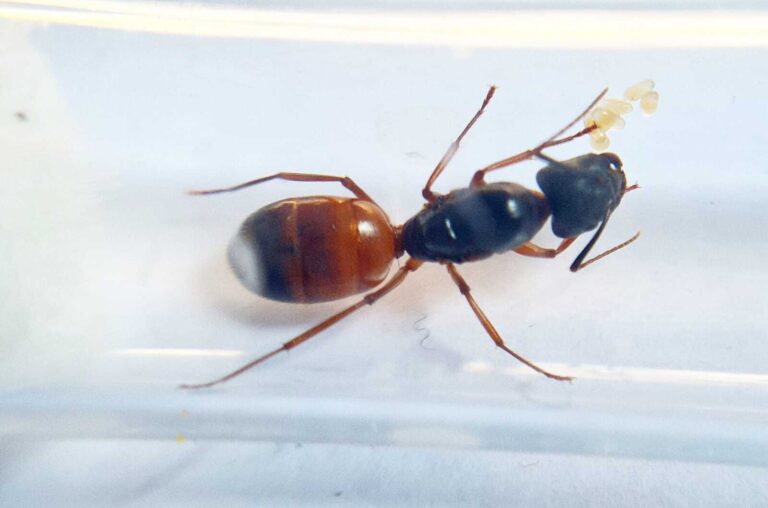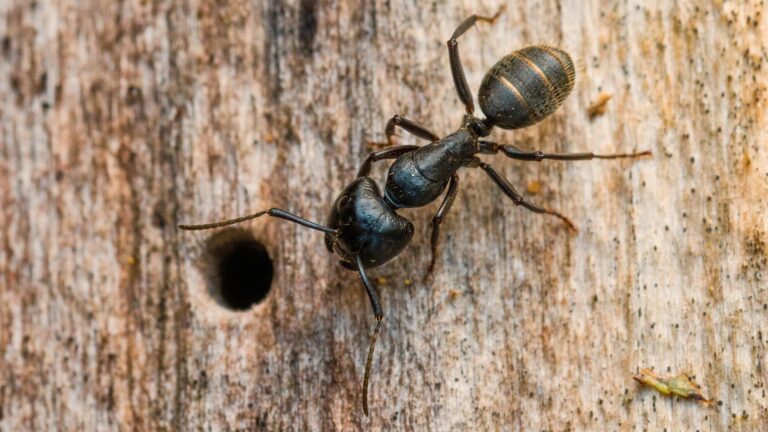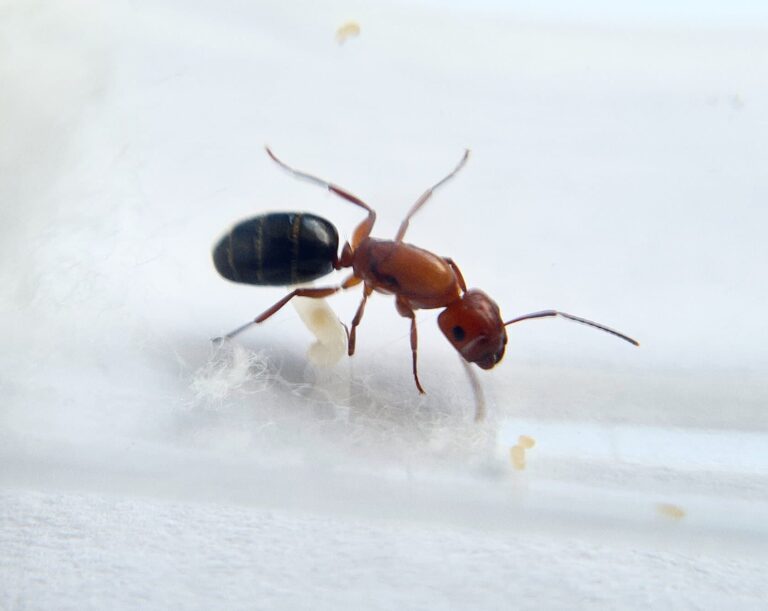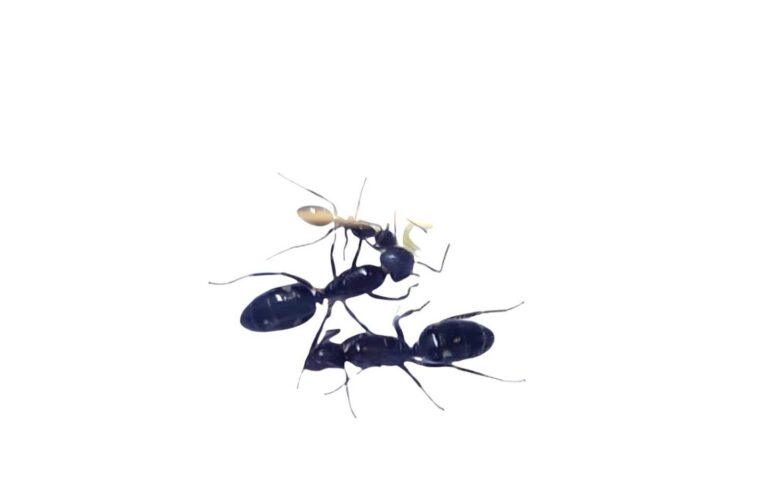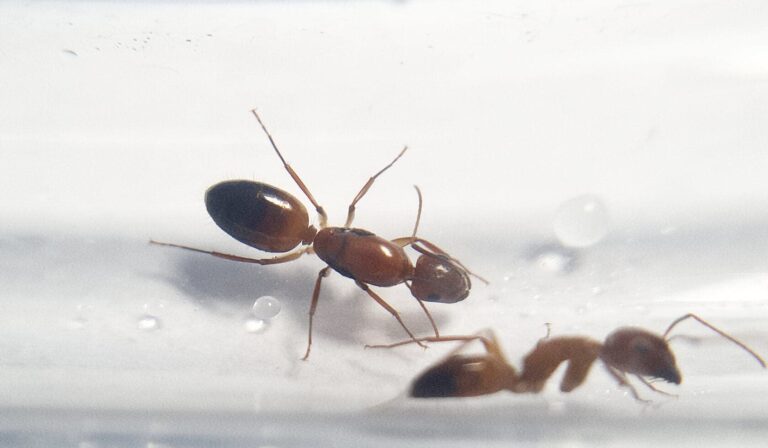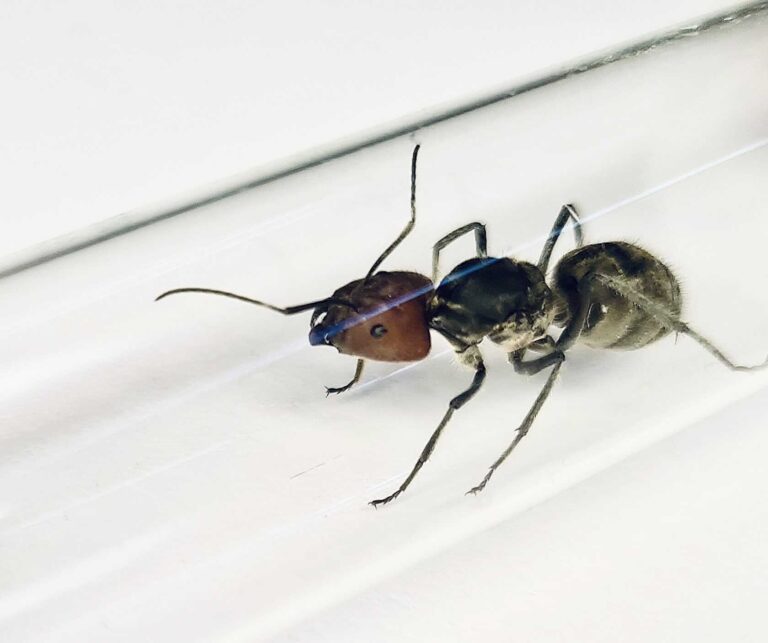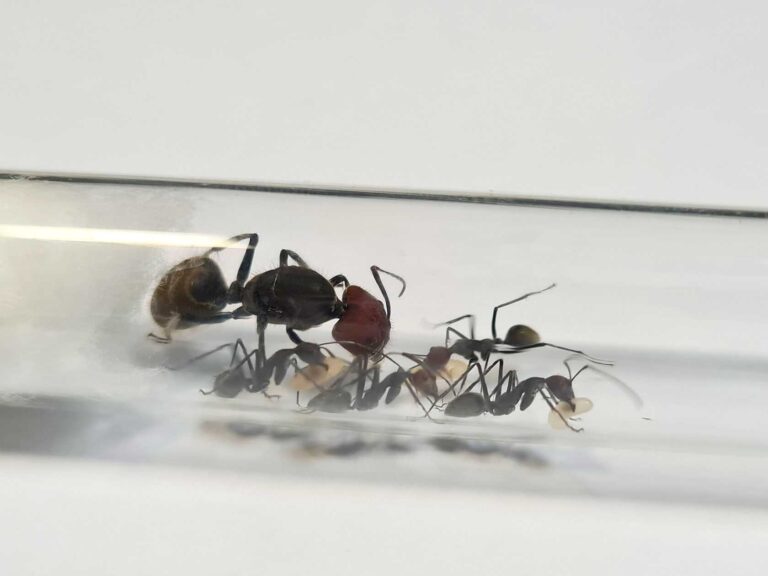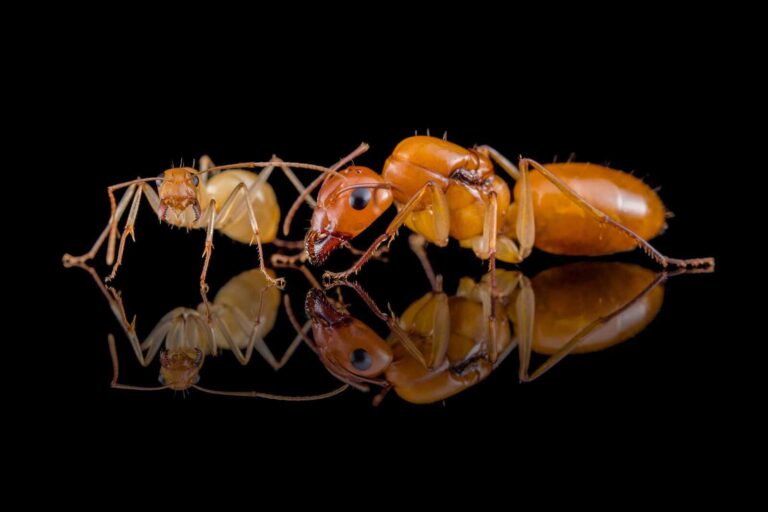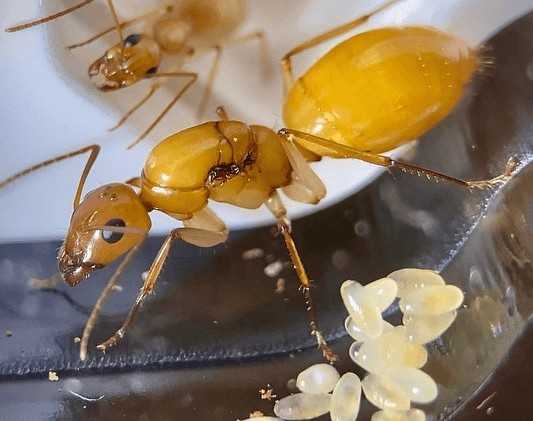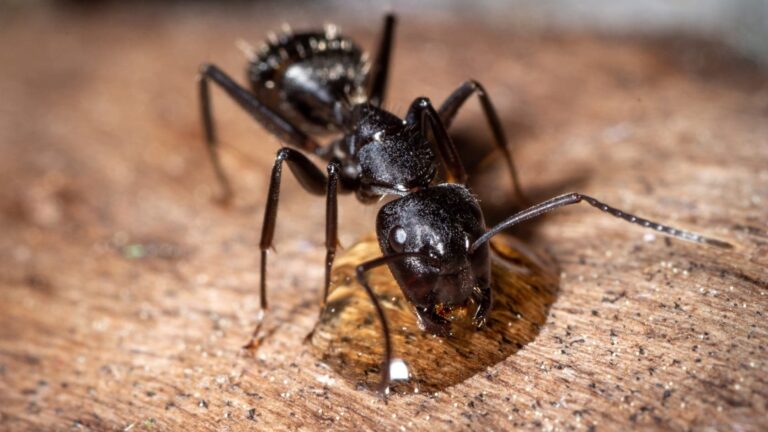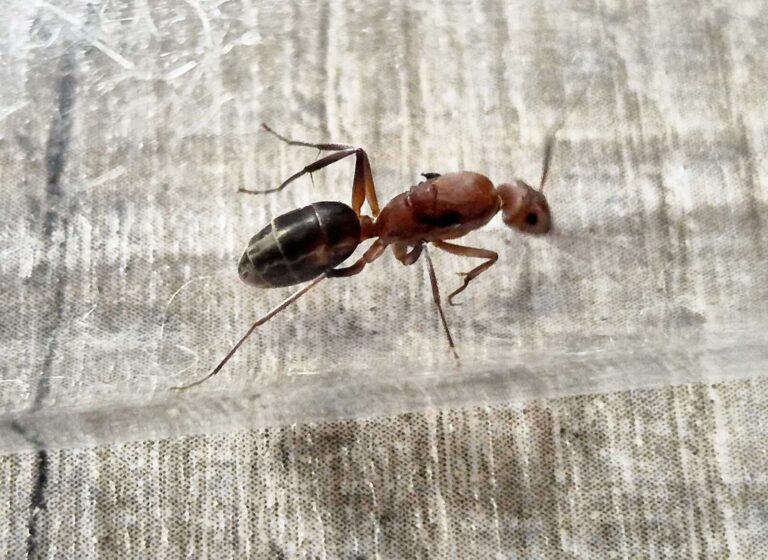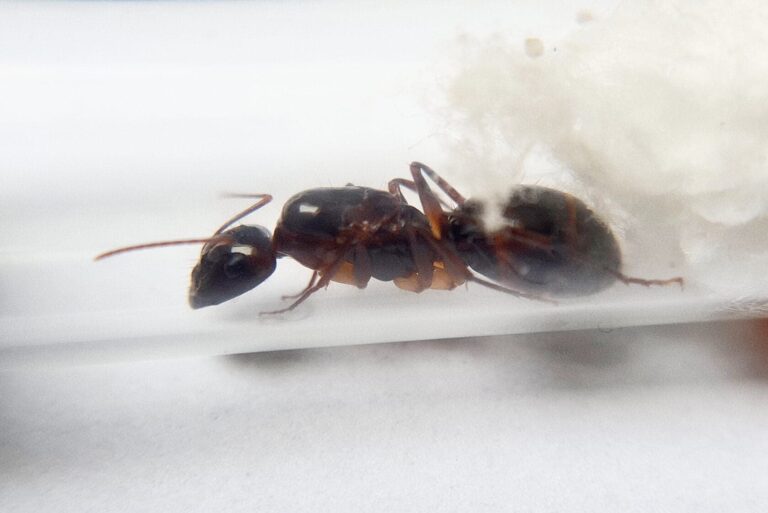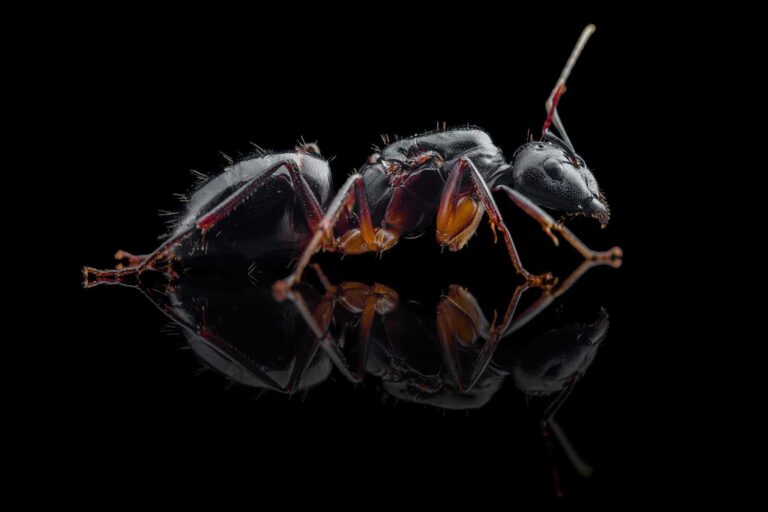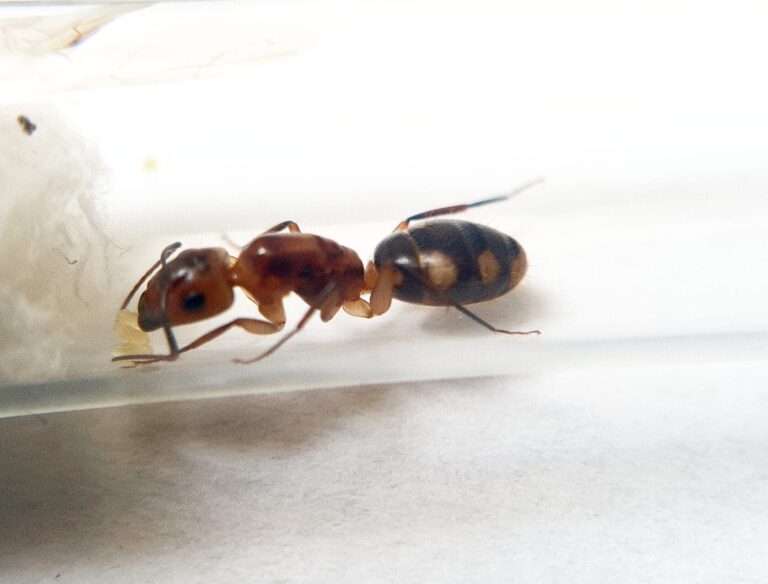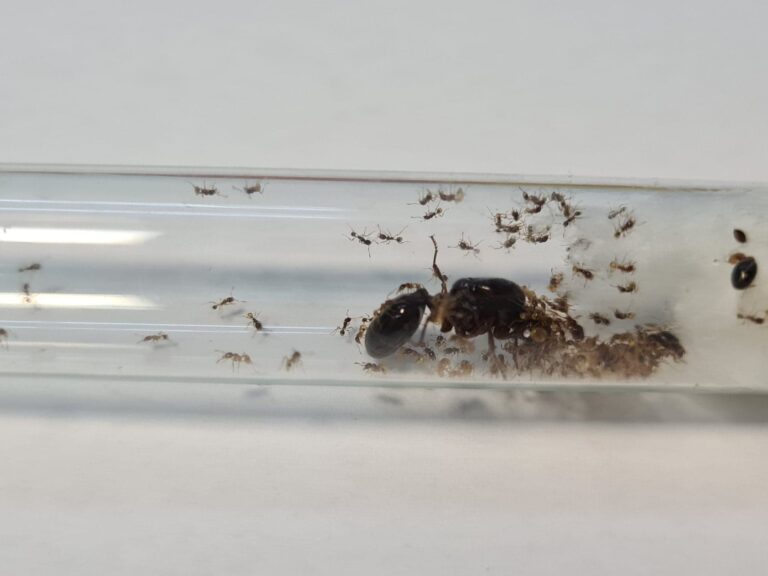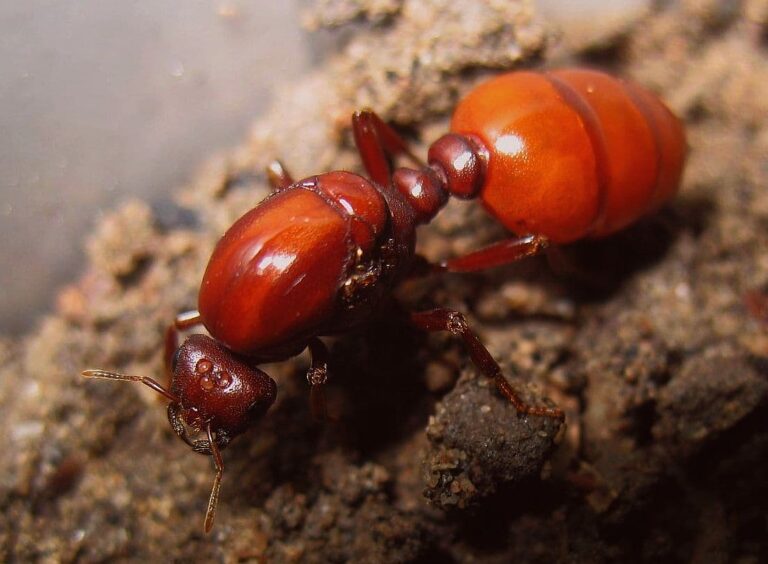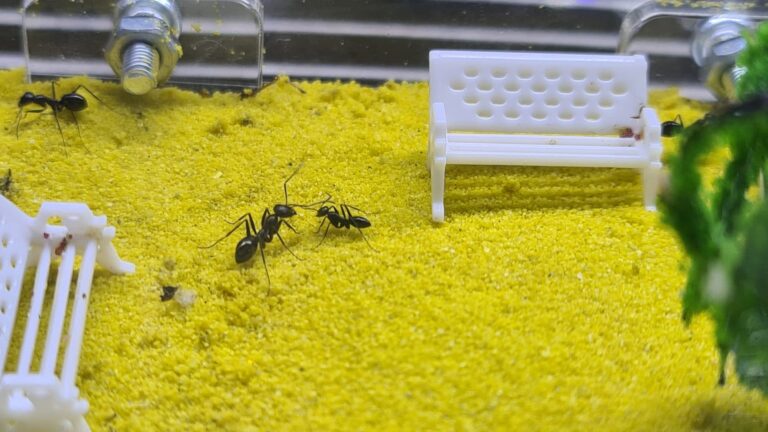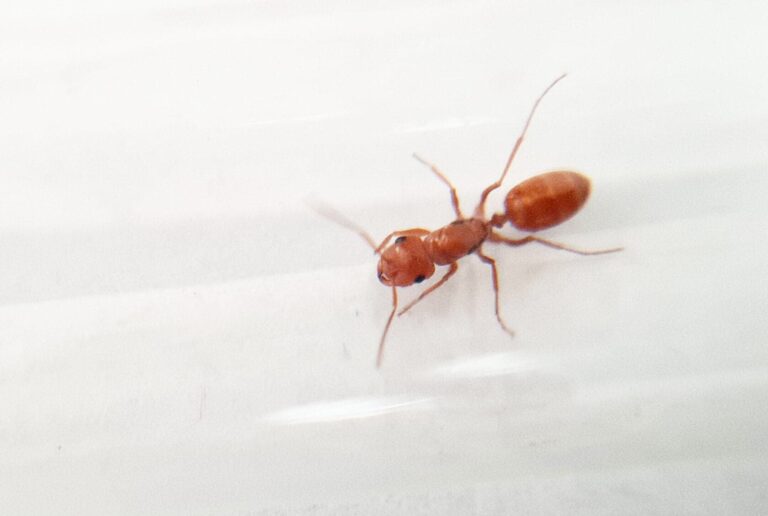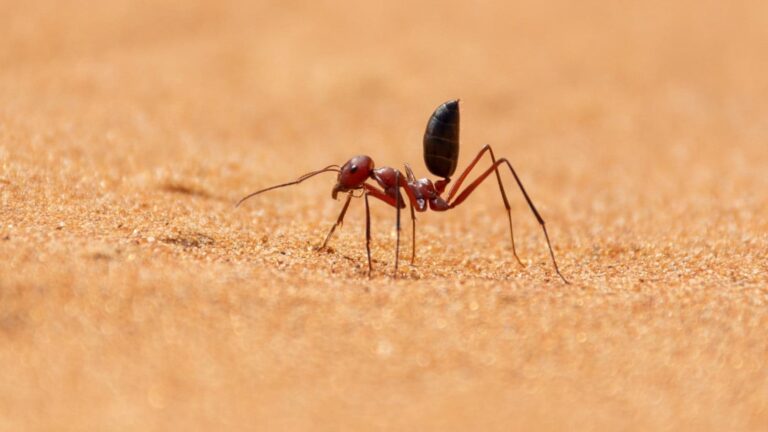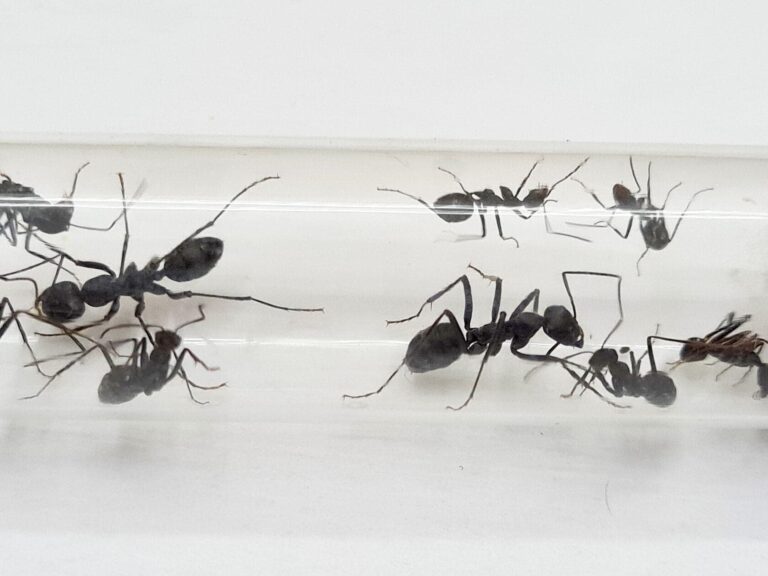Showing 141–160 of 323 results
Product categories
Stock status
Filter by price
Behavior
- ShyShy 5
- CalmCalm 75
- ModerateModerate 141
- AggressiveAggressive 89
- FastFast 11
Defficulty
Number of workers
- Queen 312
- Queen and 1-50 workers 14
- Queen and 1-3 workers 300
- Queen and 4-10 workers 303
- Queen and 11-20 workers 303
- Queen and 21-40 workers 303
- Queen and 41-60 workers 297
- Queen and 61-100 workers 186
- Queen and 51-100 workers 14
- Queen and 101-200 workers 39
- Queen and 201-500 workers 19
- Queen and 501-1000 workers 10
- 2 Queens 31
- 2 Queens and 1-50 workers 7
- 2 Queens and 1-3 workers 28
- 2 Queens and 4-10 workers 28
- 2 Queens and 11-20 workers 28
- 2 Queen and 21-40 workers 26
- 2 Queens and 41-60 workers 27
- 2 Queens and 61-100 workers 15
- 2 Queens and 101-200 workers 15
- 2 Queens and 51-100 workers 7
- 2 Queens and 201-500 workers 8
- 2 Queens and 501-1000 workers 2
- 3 Queens 16
- 3 Queens and 1-50 workers 7
- 3 Queens and 1-3 workers 15
- 3 Queens and 4-10 workers 15
- 3 Queens and 11-20 workers 15
- 3 Queens and 21-40 workers 15
- 3 Queens and 41-60 workers 15
- 3 Queens and 61-100 workers 9
- 3 Queens and 51-100 workers 7
- 3 Queens and 101-200 workers 12
- 3 Queens and 201-500 workers 8
- 3 Queens and 501-1000 workers 1
Origin
Filter by size
MicroMicro 13
SmallSmall 62
MediumMedium 159
LargeLarge 73
HugeHuge 14
Wintering
Camponotus sansabeanus
379,90 zł – 489,90 złPrice range: 379,90 zł through 489,90 złCamponotus sansabeanus is a monogyne ant species with colonies reaching up to 10,000 individuals. They develop rapidly, featuring a queen size of 16-19 mm, workers at 6-12 mm, and majors measuring 13-17 mm. Their coloration includes a black head and chest with an orange-brown gaster. They primarily feed on insects, syrup, fruits, and vegetables.
Camponotus saxatilis
129,90 zł – 279,90 złPrice range: 129,90 zł through 279,90 złCamponotus saxatilis is a monogynous ant species with colony sizes of up to 10,000 workers. They have a slow development rate. The queen measures 15-18 mm, workers measure 6-9 mm, and majors measure 10-12 mm. They have a black mat color with thick yellow-gray hair on their bodies. Their diet consists of food insects, syrup, fruits, and vegetables.
Camponotus sayi
249,90 zł – 419,90 złPrice range: 249,90 zł through 419,90 złCamponotus sayi is a species of ant with a monogynous colony type and a slow development speed. The colony can have up to 5,000 workers. The queen is 12-13 mm in size, workers are 4-7 mm, and majors are 9-12 mm. They have an orange-red head and chest, and a shiny black belly. Their nutrition includes food insects, syrup, fruit, and vegetables.
Camponotus sexguttatus
199,90 zł – 449,90 złPrice range: 199,90 zł through 449,90 złThe Camponotus sexguttatus ant colony is polygynous and can have up to 10,000 workers. They have a medium development rate. The queen is 5-7mm in size, while workers are 4-5.5mm and majors are 4-6mm. They are glossy black with black stains on their abdomen. Their nutrition consists of food insects, syrup, fruit, vegetables, and jel.
Camponotus shaqualavensis
519,90 zł – 639,90 złPrice range: 519,90 zł through 639,90 złCamponotus shaqualavensis is a monogynous ant species with colony sizes of up to 5,000 workers. They have a slow development speed and come in different sizes, with queens measuring 12-14mm, workers measuring 4-7mm, and majors measuring 8-11mm. They have an orange-red head and chest and a shiny black belly. Their diet includes food insects, syrup, fruit, and vegetables.
Camponotus singularis
319,90 zł – 739,90 złPrice range: 319,90 zł through 739,90 złCamponotus singularis is a monogynous ant species with a colony size of up to 1000-2000. Their development rate is slow. Queens measure 22-24 mm, workers are 9-13 mm, and majors range from 14-22 mm. They have a black color with reddish brown heads and noticeable hair. They primarily feed on food insects like cockroaches and crickets, as well as syrup and fruit.
Camponotus thoracicus
399,90 złThe Camponotus fellah ant is a monogynous colony with a fast development speed. The colony can have up to 10,000 individuals, including queens, workers, and majors. The ants vary in size, with queens measuring 17-20mm, workers measuring 5-9mm, and majors measuring 10-18mm. They have a black to dark brown or brown color, with reddish-brown legs. Their diet includes food insects such as cockroaches and crickets, as well as syrup made from water and honey.
Camponotus turkestanus
299,90 zł – 609,90 złPrice range: 299,90 zł through 609,90 złCamponotus turkestanus is a gold-colored ant species with a colony size of up to 10,000 workers. They have a monogyny or sometimes poly colony type and a medium development rate. Their nutrition consists of food insects, syrup, fruit, vegetables, jelly, and cooked chicken. The queen measures 12-15mm, workers are 5-10mm, and majors range from 6-16mm.
Camponotus vagus
69,90 zł – 229,90 złPrice range: 69,90 zł through 229,90 złCamponotus vagus is a glossy black ant known for its calm nature. With monogynous colonies of up to 10,000 workers, their slow development rate is compensated for by the large colony size. The queen measures 14-17 mm, while the workers range from 5 to 9 mm in length.
Camponotus vestitus
199,90 zł – 309,90 złPrice range: 199,90 zł through 309,90 złCamponotus vestitus is a species of ant that comes in various sizes and colors. They require specific nutrition, humidity, and temperature levels to thrive. Developing a colony of Camponotus vestitus requires careful attention to these guidelines. Overall, this ant species presents a unique and interesting opportunity for ant enthusiasts.
Camponotus wytsmani
479,90 zł – 599,90 złPrice range: 479,90 zł through 599,90 złCamponotus wytsmani, a beautifully colored ant species, is the perfect addition to your ant farm. This product description explores their colony type, size, development speed, nutrition, and recommended nests for breeding to provide a unique and fascinating experience.
Camponotus xerxes
399,90 zł – 569,90 złPrice range: 399,90 zł through 569,90 złCamponotus xerxes is a monogynous ant species with a colony size of up to 10,000 workers. They have a fast development speed and vary in size, with queens measuring 17-20 mm, workers measuring 5-12 mm, and major workers measuring 10-16 mm. The workers are pale yellow, while soldiers have partially dark heads. The mother ant is mostly black with a partially yellow belly and yellowish-brown legs. Their nutrition requirements are not specified.
Camponotus zonatus
459,90 zł – 579,90 złPrice range: 459,90 zł through 579,90 złCamponotus zonatus is a species of ant with medium development speed. The colony is monogynous and can contain up to 6000 workers. The queen measures 12-14 mm in size, while workers range from 5-8 mm and majors from 7-11 mm. The ants are brown-orange in color with yellow points on the abdomen. They primarily feed on insect food such as cockroaches and crickets, as well as syrup, fruit, vegetables, jelly, and cooked food.
Carebara affinis
289,90 zł – 519,90 złPrice range: 289,90 zł through 519,90 złCarebara affinis, or the Asian needle ant, is a captivating ant species known for its unique colony behavior and aggressive tendencies. This product description provides insights into the care and breeding requirements of Carebara affinis, appealing to ant enthusiasts.
Carebara castanea
329,90 zł – 529,90 złPrice range: 329,90 zł through 529,90 złCarebara castanea is a polygynous ant species with colony sizes of up to 500,000 workers. They have an extra fast development rate and the queen measures 18-24mm while the workers are 2-5mm in size. They have an orange color and their nutrition consists of food insects, syrup, fruits, vegetables, jelly, and cooked chicken without salt.
Carebara vidua
399,90 zł – 679,90 złPrice range: 399,90 zł through 679,90 złCarebara vidua is a monogynous ant species with colony sizes of up to 500,000 workers. They have a medium development speed and their queen measures 13-16 mm while workers are 1,5-3 mm in size. These black ants require a diet of insect food, syrup, fruits, vegetables, jelly, and cooked chicken without salt. They thrive in an arena with humidity levels between 60-80%.
Cataglyphis aenescens
219,90 zł – 669,90 złPrice range: 219,90 zł through 669,90 złThe Cataglyphis aenescens is a polygynous ant species with colony sizes of up to 5000 workers. They have a fast development speed and come in different sizes, with queens measuring 10-12 mm and workers ranging from 4-9 mm. The ants are black in color and their nutrition includes insect food, syrup, fruits, vegetables, jelly, and cooked chicken without salt.
Cataglyphis arenaria
559,90 zł – 799,90 złPrice range: 559,90 zł through 799,90 złThe Cataglyphis arenaria is a polygynous ant species with colonies of up to 5000 workers. They have a very fast development speed and come in sizes of 9-11mm for queens and 4-9mm for workers. They have a light orange color and their diet consists of food insects, syrup, fruit, vegetables, jelly, and cooked chicken without salt.
Cataglyphis bicolor
449,90 zł – 815,90 złPrice range: 449,90 zł through 815,90 złCataglyphis bicolor is a polygynous ant species with colony sizes up to 5000 workers. They have a very fast development speed. The queen measures 9-11 mm, workers 4-9 mm, and majors 8-11 mm. They are reddish brown with a black abdomen. Their diet includes insect food, syrup, fruit, vegetables, jelly, and cooked chicken.
Cataglyphis hispanica
649,90 zł – 1679,90 złPrice range: 649,90 zł through 1679,90 złCataglyphis hispanica is a polygynous ant species with colony sizes of up to 20,000 workers. They have a very fast development speed. The queen measures 12-16 mm, while workers measure 7-16 mm. They are black in color with a red head. Their diet consists of food insects, syrup, fruits, vegetables, jelly, and cooked chicken without salt.


